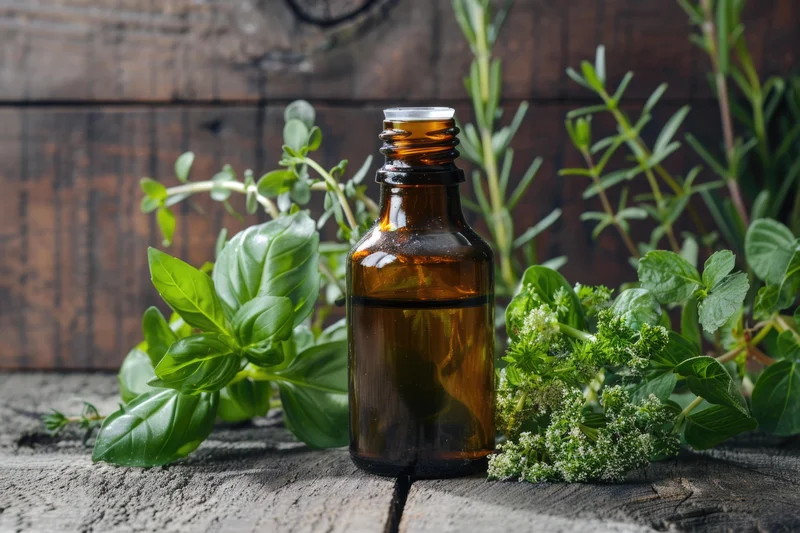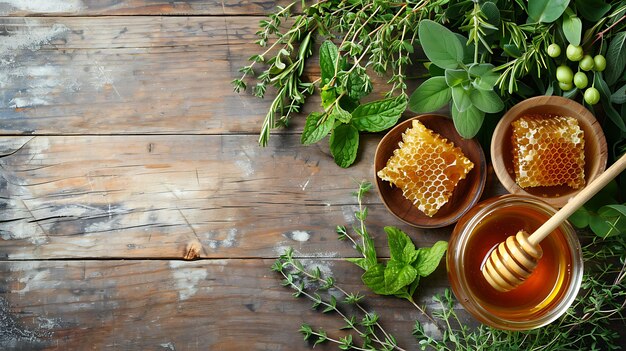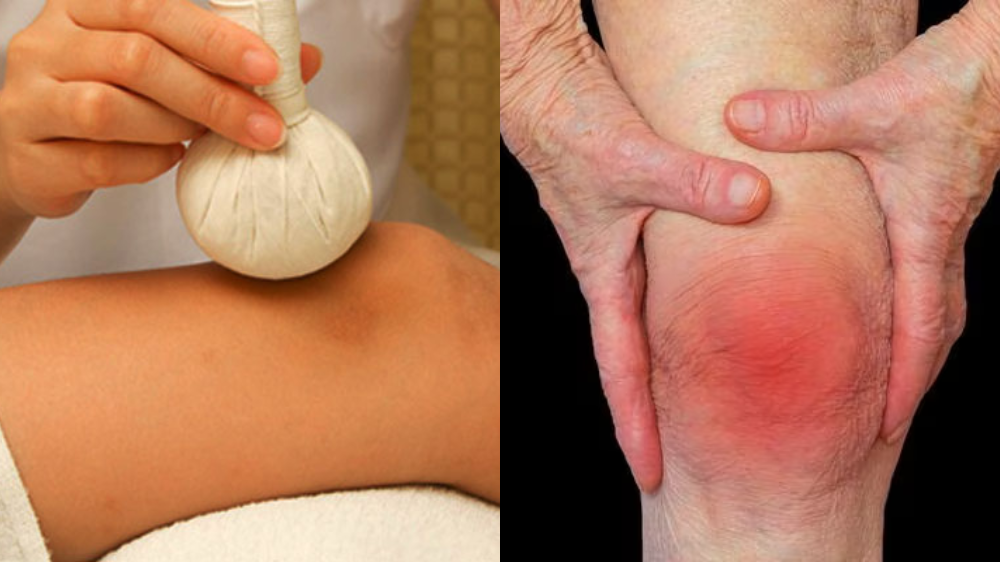Ask Ayurvedic doctor a question and get a consultation online on the problem of your concern in a free or paid mode. More than 2,000 experienced doctors work and wait for your questions on our site and help users to solve their health problems every day.
Shop Now in Our Store
Madhuyashtyadi Taila – Traditional Ayurvedic Oil for Healing and Rejuvenation

Introduction to Madhuyashtyadi Taila
Madhuyashtyadi Taila is a time-honored Ayurvedic oil celebrated for its comprehensive healing properties. This potent formulation is traditionally used to promote wound healing, alleviate inflammation, and rejuvenate the skin. By integrating madhuyashtyadi taila into your wellness routine, you tap into centuries of Ayurvedic wisdom designed to detoxify, nourish, and restore balance within the body.
Historical Roots & Ayurvedic Significance
Madhuyashtyadi Taila finds its roots in ancient Ayurvedic texts, where oil therapies have been extensively documented for their therapeutic benefits. The formulation is based on a blend of herbs such as Madhu (honey) and Ashtyadi components, which work together to enhance tissue regeneration and reduce inflammation. Historically, madhuyashtyadi taila has been applied both externally and in specific Panchakarma procedures, reflecting its central role in promoting overall vitality and longevity.
Key Components & Therapeutic Benefits
Herbal Composition
Madhuyashtyadi Taila is meticulously crafted using a synergistic blend of natural ingredients, each selected for its unique healing properties:
- Madhu (Honey): Provides natural antibacterial and moisturizing benefits.
- Ashtyadi Herbs: A group of eight potent herbs that work together to support tissue repair and reduce inflammation.
- Base Oils: Typically sesame or coconut oil is used to extract and preserve the active constituents of the herbs, enhancing skin penetration and nourishment.
Each ingredient in madhuyashtyadi taila is chosen to create a balanced formulation that addresses both external and internal imbalances.
Detoxification & Dosha Balancing
Madhuyashtyadi Taila is valued for its ability to promote detoxification by cleansing the skin and subcutaneous tissues of toxins (ama). Its application helps balance aggravated doshas—especially Vata and Kapha—thereby reducing inflammation and facilitating the smooth flow of nutrients throughout the body. This detoxifying action is crucial for maintaining healthy skin and promoting overall wellness.
Rejuvenation & Tissue Repair
One of the primary therapeutic benefits of madhuyashtyadi taila is its rejuvenative effect. The oil is known to stimulate cell regeneration, support collagen production, and enhance overall skin elasticity. Regular application of madhuyashtyadi taila not only helps heal wounds and scars but also improves skin tone and texture, making it a popular choice in Ayurvedic anti-aging regimens.
Enhancing Skin Health & Reducing Inflammation
The anti-inflammatory and antimicrobial properties of madhuyashtyadi taila make it particularly effective in managing various skin conditions. It can be used to soothe irritations, reduce redness, and alleviate symptoms associated with acne, eczema, and other inflammatory skin disorders. The nourishing base oils ensure that the skin remains hydrated, further supporting its natural healing process.
How Madhuyashtyadi Taila Works: The Science Behind the Oil
Madhuyashtyadi Taila works through a multifaceted mechanism. The bioactive compounds in the ashtyadi herbs penetrate deep into the skin, where they help modulate inflammatory responses and stimulate cellular repair. The honey component enhances the oil’s antibacterial properties, ensuring that wounds remain clean and free from infection. Additionally, the base oil facilitates the delivery of these potent ingredients, ensuring maximum absorption and effectiveness. Together, these actions contribute to detoxification, rejuvenation, and long-term skin health.
Choosing the Right Ayurvedic Remedies & Guidance
When considering the use of madhuyashtyadi taila, it is essential to:
- Consult with Certified Ayurvedic Practitioners: Personalized guidance ensures that madhuyashtyadi taila is used appropriately for your skin type and specific health needs.
- Ensure Authentic Ingredients: Verify that the formulation contains high-quality, organic herbs and base oils for maximum therapeutic benefits.
- Integrate with a Holistic Regimen: For best results, combine the use of madhuyashtyadi taila with proper dietary practices, lifestyle modifications, and other Ayurvedic therapies.
Recommended Dosage & How to Use Madhuyashtyadi Taila
The application of madhuyashtyadi taila varies based on individual needs and the specific condition being treated. Generally:
- Topical Application: Gently massage a small amount of madhuyashtyadi taila onto the affected area. It can be used on wounds, scars, or inflamed skin.
- Frequency: Use once or twice daily, or as advised by your Ayurvedic practitioner.
- Complementary Use: Madhuyashtyadi taila can be incorporated into Panchakarma procedures or used as a standalone therapy for enhancing skin health and promoting detoxification.
Potential Side Effects & Precautions
While madhuyashtyadi taila is generally safe when used appropriately, consider the following precautions:
- Allergic Reactions: Test a small patch of skin before widespread application to ensure you do not experience any adverse reactions.
- Underlying Skin Conditions: Consult with an Ayurvedic practitioner if you have chronic skin conditions or are using other topical medications.
- Proper Storage: Store the oil in a cool, dry place to maintain its efficacy and prevent spoilage.
Frequently Asked Questions
What is madhuyashtyadi taila used for?
Madhuyashtyadi taila is used for wound healing, reducing inflammation, promoting skin rejuvenation, and detoxifying the skin. Its balanced formulation helps address both external and internal imbalances.
How does madhuyashtyadi taila promote tissue repair?
The combination of ashtyadi herbs and honey in madhuyashtyadi taila stimulates cellular regeneration and collagen production, accelerating the healing of wounds and reducing the appearance of scars.
Can madhuyashtyadi taila help with inflammatory skin conditions?
Yes, the anti-inflammatory and antimicrobial properties of madhuyashtyadi taila make it effective for managing conditions like acne, eczema, and other inflammatory skin disorders.
How should I apply madhuyashtyadi taila for best results?
Apply a small amount topically to the affected area, gently massaging it into the skin. It can be used once or twice daily, and it is best incorporated as part of a broader Ayurvedic skincare regimen.
Are there any side effects associated with madhuyashtyadi taila?
Most users find madhuyashtyadi taila to be safe, though some may experience minor allergic reactions. A patch test is recommended, and those with sensitive skin should consult an Ayurvedic practitioner.
Can madhuyashtyadi taila be used in Panchakarma therapies?
Yes, madhuyashtyadi taila is often incorporated into Panchakarma procedures to enhance detoxification and rejuvenation, contributing to overall healing and well-being.
Where can I purchase authentic madhuyashtyadi taila?
Authentic madhuyashtyadi taila should be sourced from reputable Ayurvedic pharmacies or certified practitioners who ensure the quality and purity of the ingredients.
Conclusion & Expert Insights
Madhuyashtyadi Taila embodies the profound healing potential of Ayurvedic formulations, offering a natural, holistic approach to wound healing, skin rejuvenation, and detoxification. By leveraging the synergistic properties of ashtyadi herbs and honey, madhuyashtyadi taila supports tissue repair and reduces inflammation, promoting overall skin health and vitality. For those seeking a time-tested remedy, consulting with a certified Ayurvedic practitioner is essential to tailor its use to individual needs and achieve optimal results.
References & Further Reading
- Sharma, P.V. (1995). Ayurvedic Healing: A Comprehensive Guide.
- Lad, V. (2002). Ayurveda: The Science of Self-Healing.
- National Institute of Ayurveda:
- Journal of Ayurveda and Integrative Medicine for research articles on traditional Ayurvedic oils and therapies.
This article is checked by the current qualified Dr. Harsha Joy and can be considered a reliable source of information for users of the site.



